This year marks 30 years since the Hubble Space Telescope was launched.
Since April 1990, the telescope has orbited the earth and given us amazing images from the universe. Free from atmospheric interference, Hubble provides a crystal clear view of space.
On the occasion of the anniversary, Hubble has released 50 new photos. 30 of them of celestial bodies in Caldwell-katalogen, writes NASA.
These are objects that amateur astronomers can observe. A few can also be seen with the naked eye.
Hubble lets us take a closer look at the distant objects.
–
109 sky objects
The Caldwell Catalog contains 109 star clusters, galaxies, and nebulae.
It was the English amateur astronomer Sir Patrick Moore who put together the list in the 1980s. He used his middle name Caldwell as the name of the catalog.
Moore was inspired by the 18th century French astronomer Charles Messier, who also created a catalog of objects that can be seen by amateur astronomers.
Messier was a comet hunter and was annoyed by all the luminous objects he saw, which were not comets. So he cataloged them.
Messier objects are today very popular targets among amateur astronomers, according to NASA.
Gas clouds and ancient galaxies
While the Messier catalog contains only celestial bodies that can be seen from the northern hemisphere, Patrick Moore has also included objects that can be seen from the other half of the globe.
He wanted to give amateur astronomers more goals to work on.
“From nearby clouds of gas and dust left over by dying stars, to distant galaxies formed billions of years ago, the Caldwell Catalog is full of surprisingly heavenly goodies.” according to NASA.
Here are some of the new photos:
These are some recently released Hubble images of Caldwell objects.
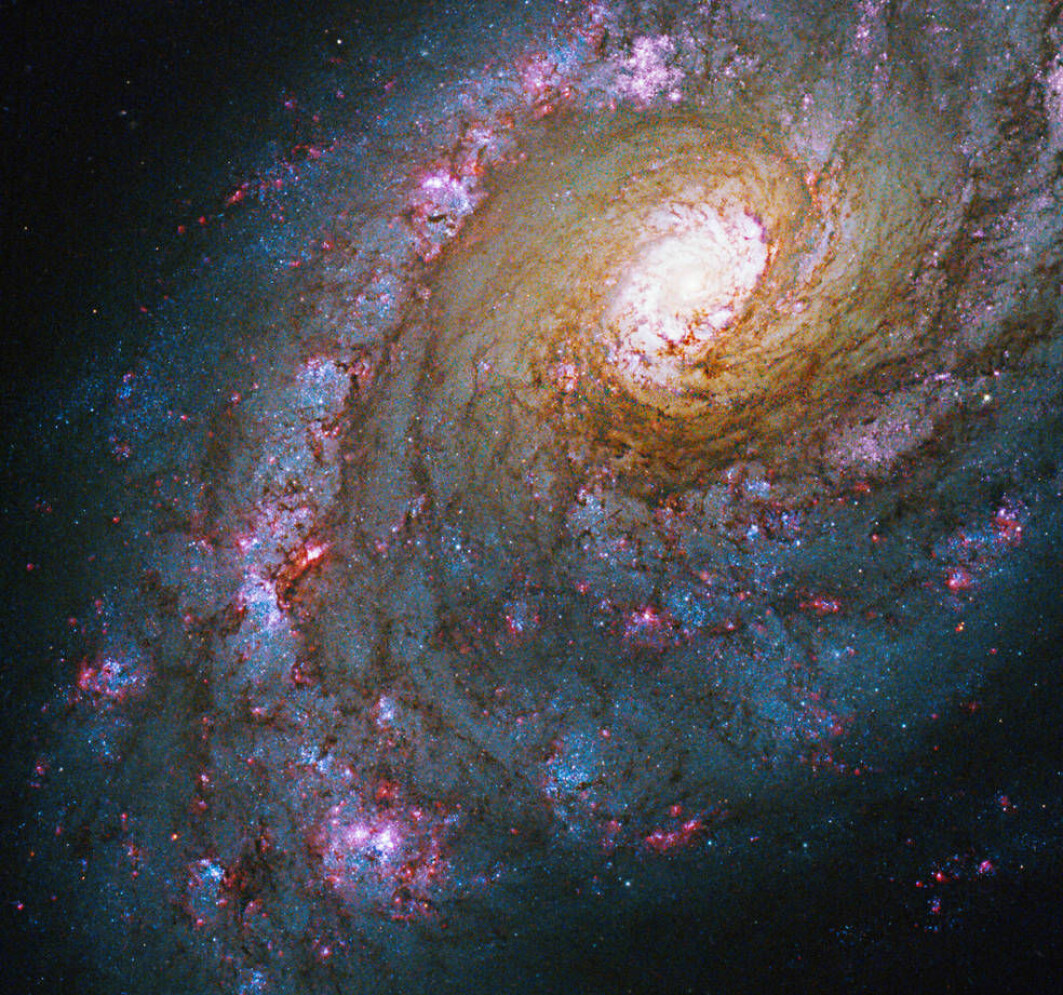
–
In the picture above, we see NGC 5248, a spiral galaxy, home to billions of stars and planets, such as in the Milky Way. It is located 59 million light-years from Earth.
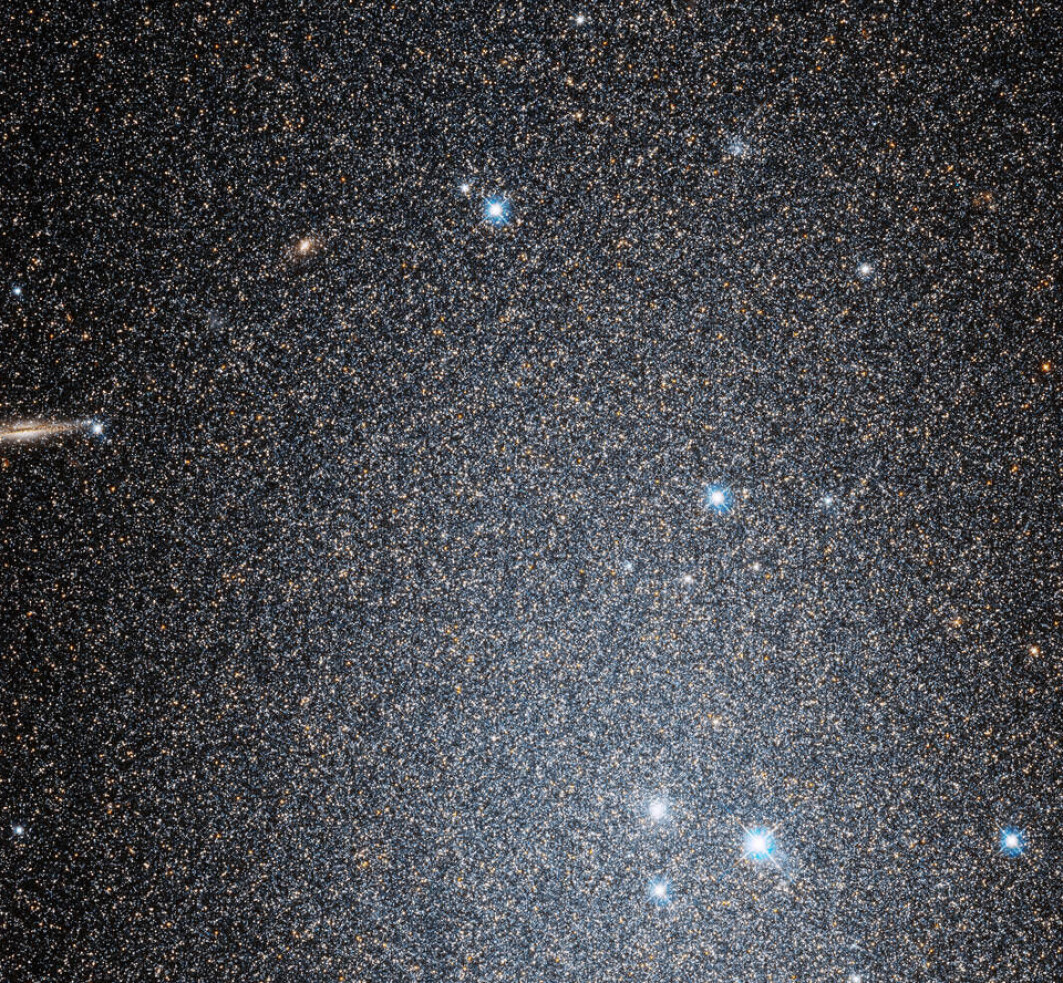
–
Here we look straight into a myriad of stars inside a dwarf galaxy. Had one zoomed out, it would have appeared as a pale, dull luminous spot. Dwarf galaxies are small galaxies with “only” millions to a few billion stars, according to NASA.
The dwarf galaxy in the picture, NGC 147, is part of the local group, which is dominated by the Milky Way and the Andromeda Galaxy.
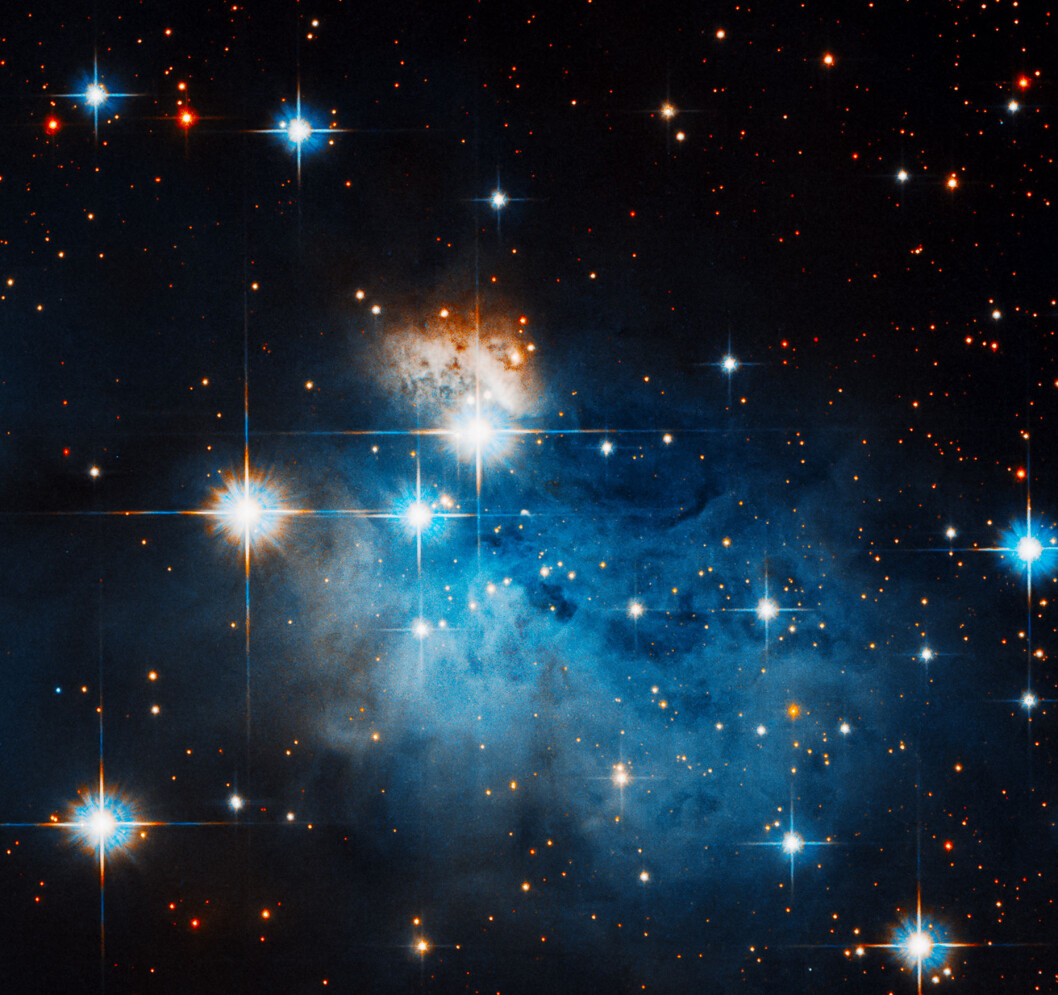
–
This beautiful picture shows a small part of the Coalsack fog which is a so-called dark fog, it is so dense that light behind is blocked.
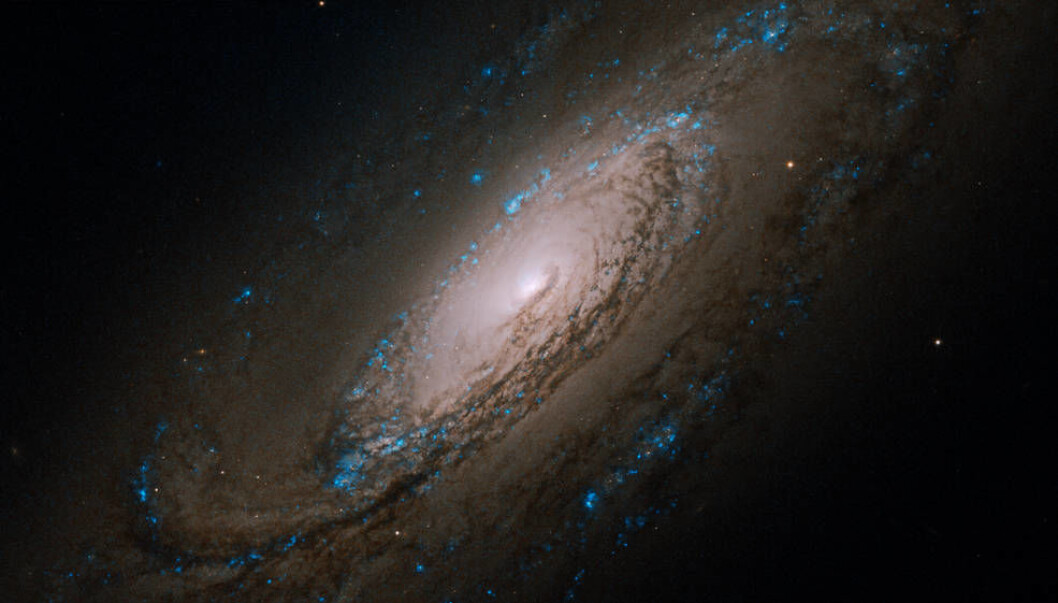
–
Here we also see a spiral galaxy. It is called NGC 5005. In the core there is probably a supermassive black hole.
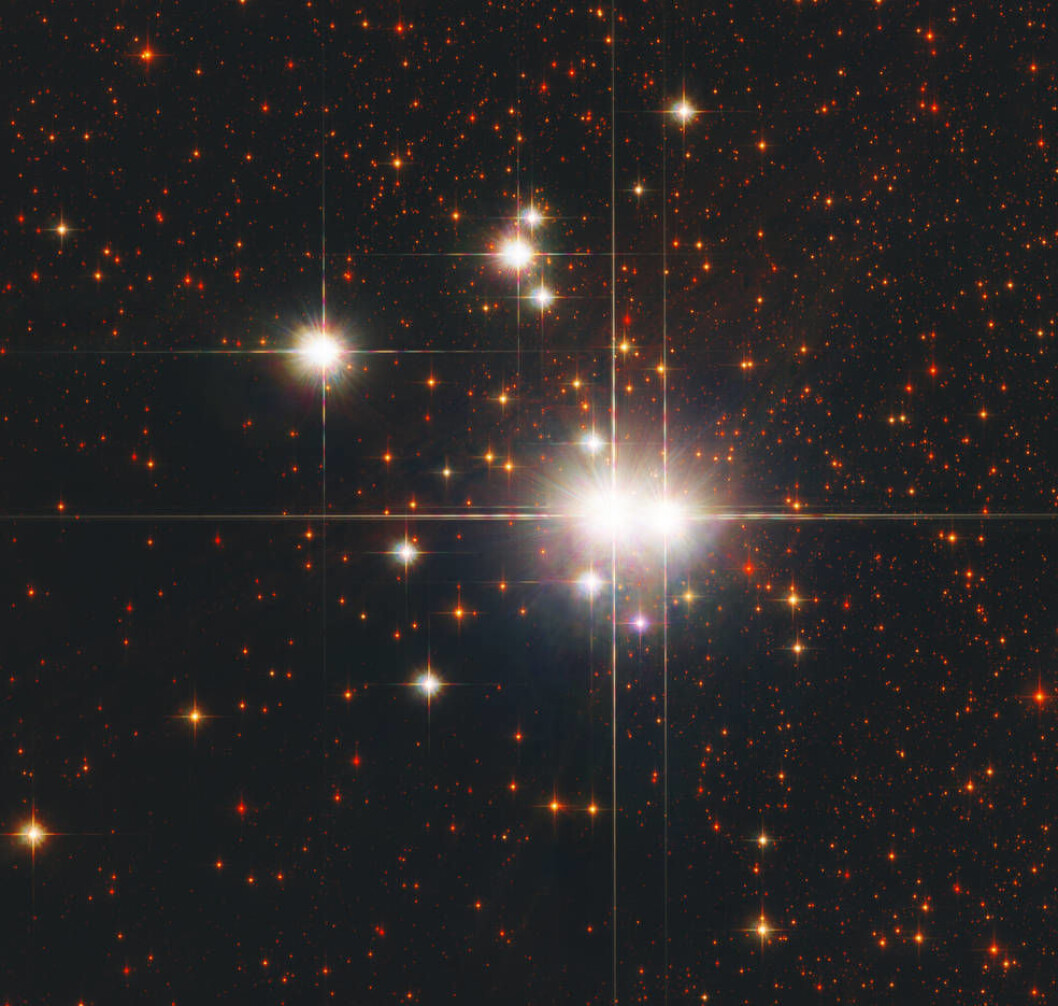
–
The image shows an open star cluster, called NGC 6193. Open star clusters are loosely bound together by gravity. NGC 6193 contains about 30 stars, including two rare O-type stars, the brightest and most massive star type known.
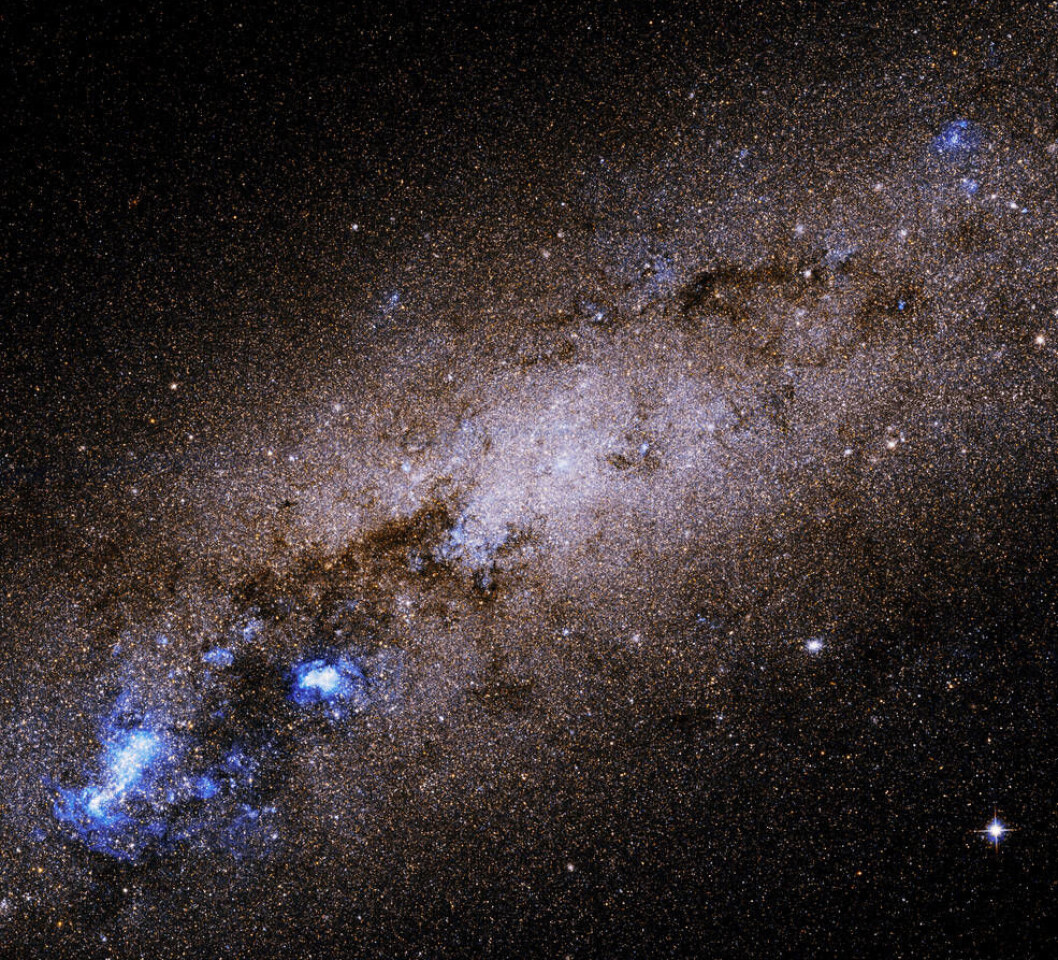
–
A close-up of a galaxy called NGC 55. It is located 6.5 million light-years from Earth and is a Magellanic-type galaxy, it has only one spiral arm.
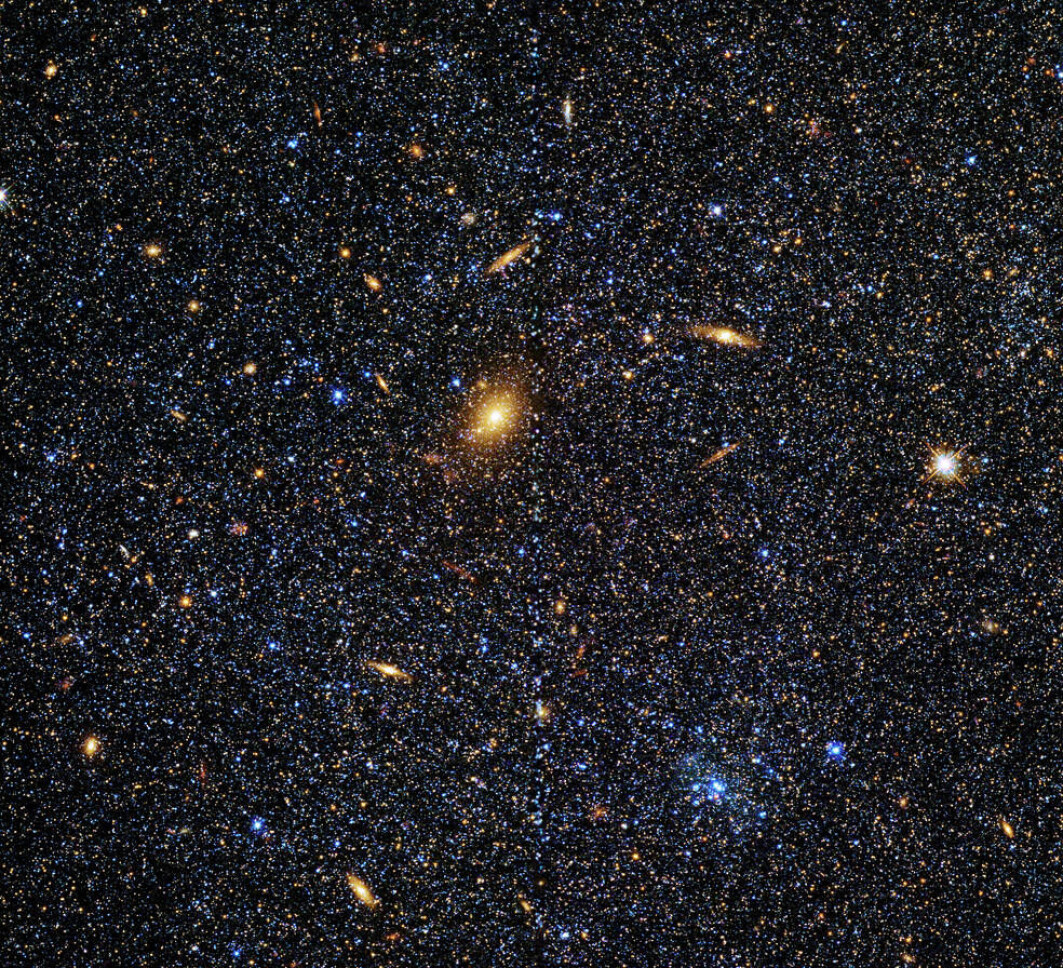
–
A close-up of the dwarf galaxy in IC 1613 in the local group, which Melkeveien is also part of. The galaxy is diffuse and difficult to spot with a telescope. In the background we see distant galaxies in this Hubble image.
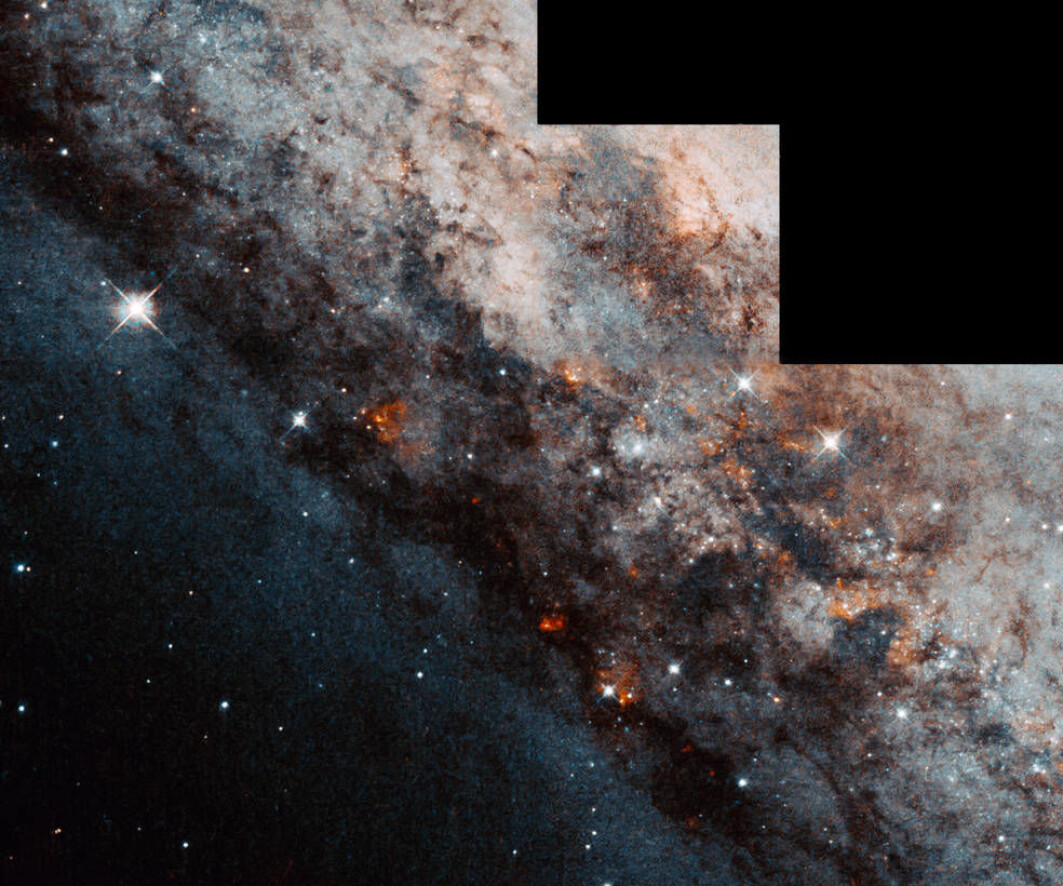
–
Here we look closely at a section of a spiral galaxy seen from the side, with all the stars, and the dust and gas swirling around in there.
Added to gallery
The new images from Hubble have been taken for several years, but were processed and released by NASA this December.
The images fit into the existing gallery on NASA’s website from the Caldwell catalog.
The album now contains 87 of the 109 objects.
More photos of previously released Caldwell objects
Here are some goodies from Hubble that have been published before. All of the objects in the Caldwell directory.
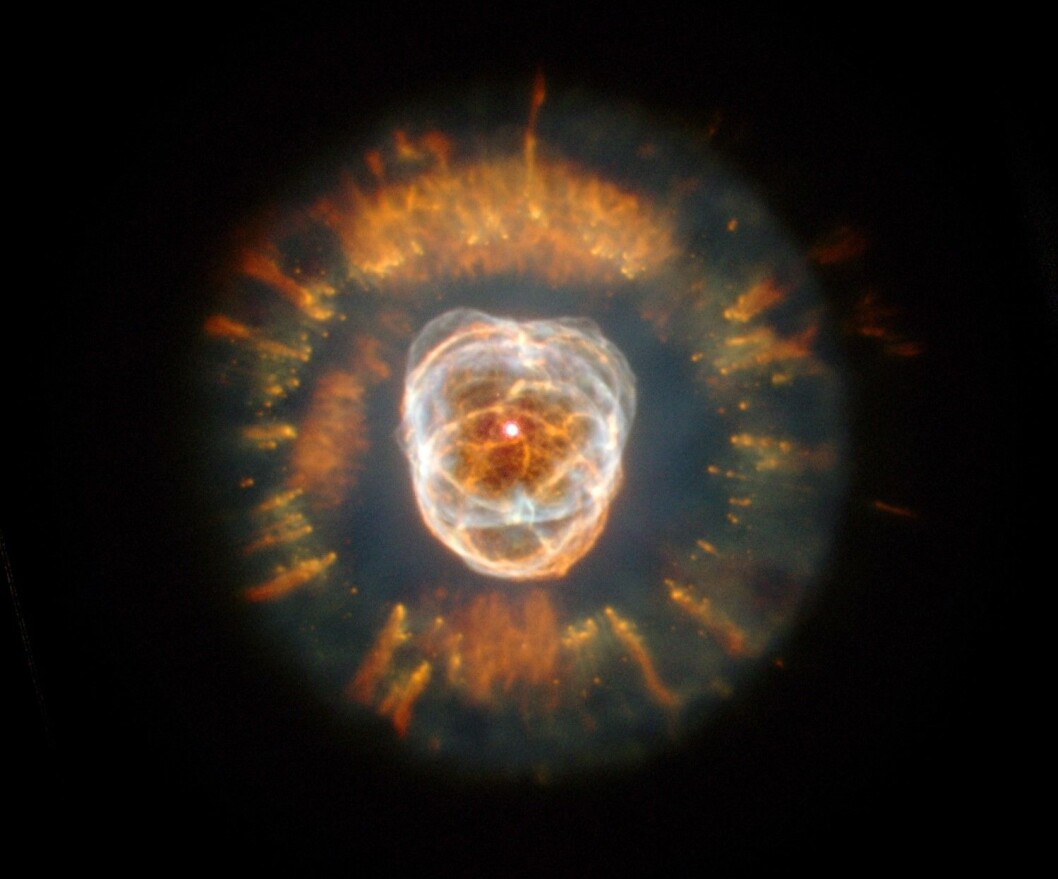
–
This particular image shows a nebula that began to form 10,000 years ago when a dying star threw material into space, writes NASA. It is called, among other things, the Clown Face Mist.
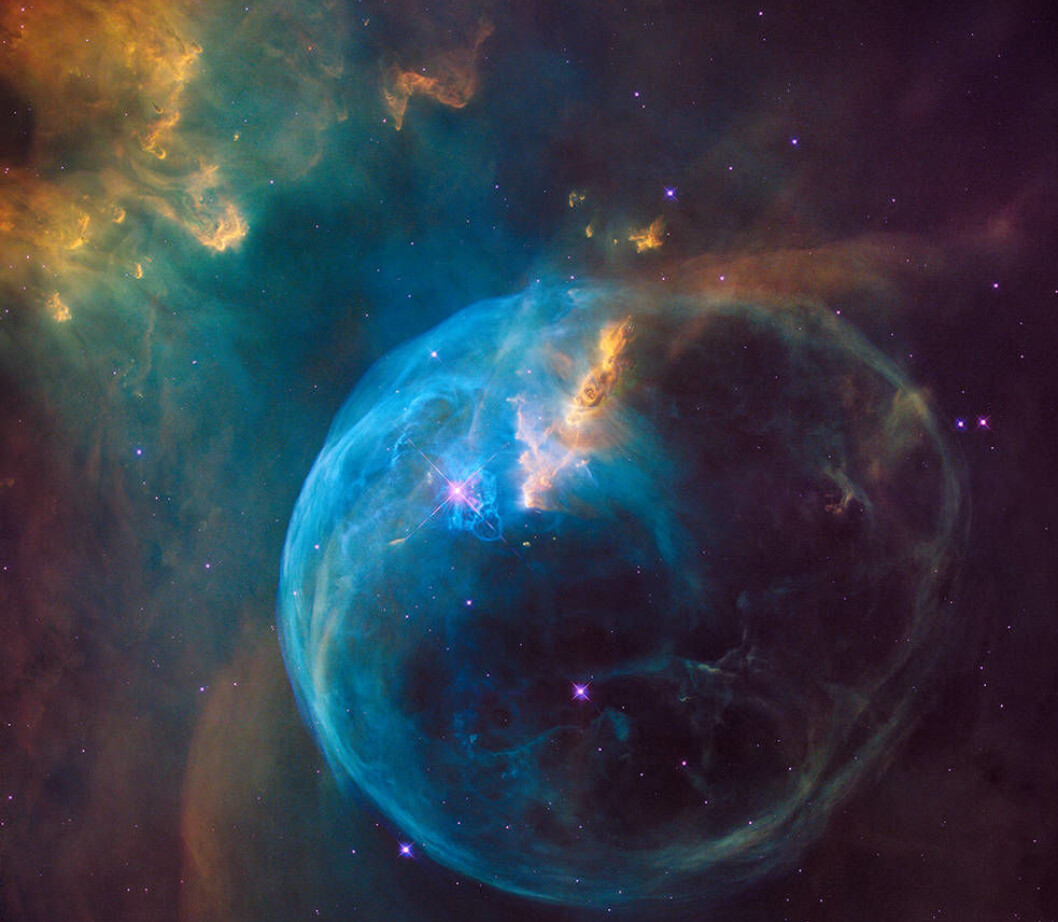
–
This cosmic “soap bubble” is six light-years wide. The bubble and mist in the surroundings emit light and rays in a color party. The bubble is made of a star that pushes gas and dust outwards using solar wind.
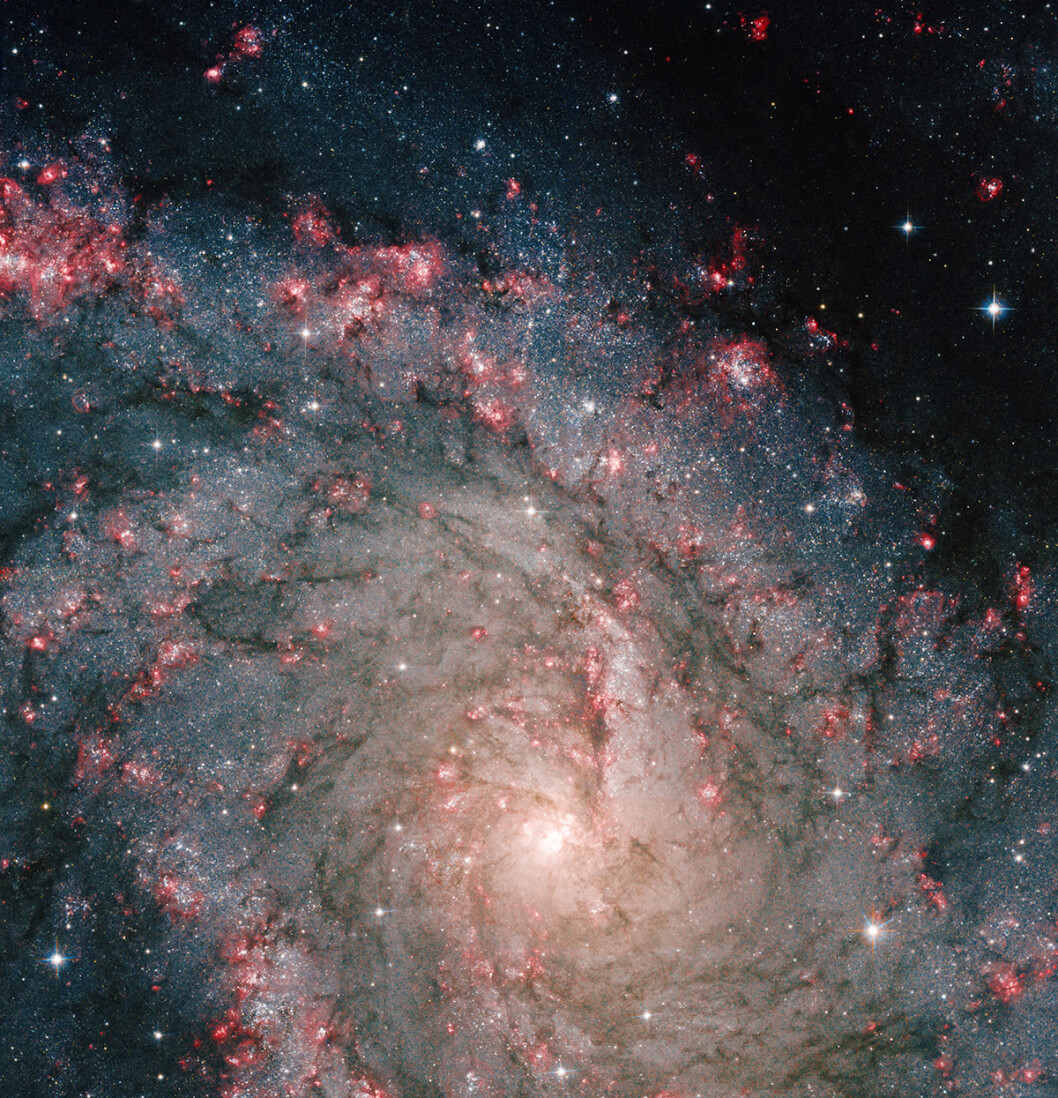
–
Like a whirlwind of glitter. This Hubble image is of a medium-sized spiral galaxy nicknamed the Fireworks Galaxy.
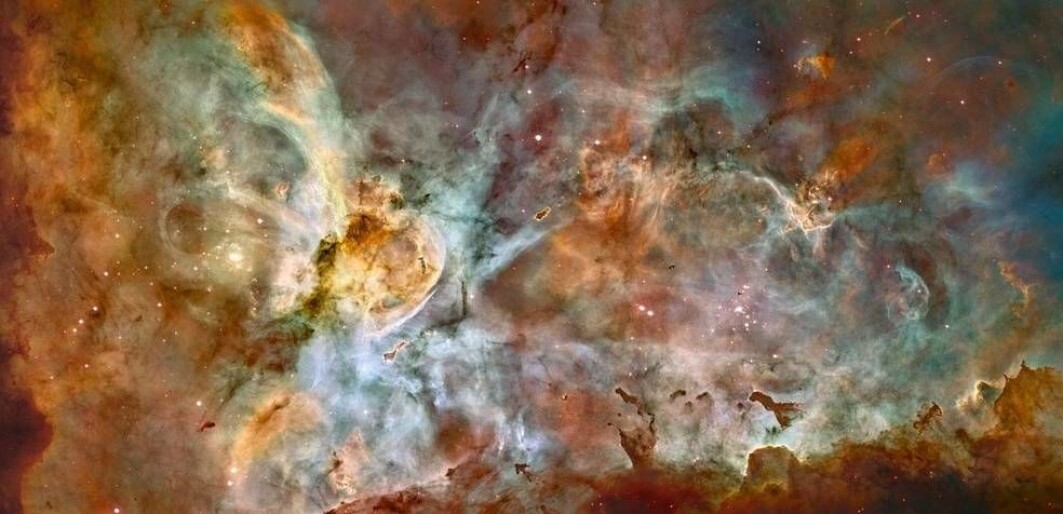
–
One of Hubbel’s largest panoramic images. It shows a 50 light-year-wide area in a region where stars are formed. It is called Eta Carinaetåken and is located in the Milky Way, about 8,500 light years from us.

–
A nebula that does not emit light but reflects light from starlight. This nebula is about 1400 light-years from Earth.
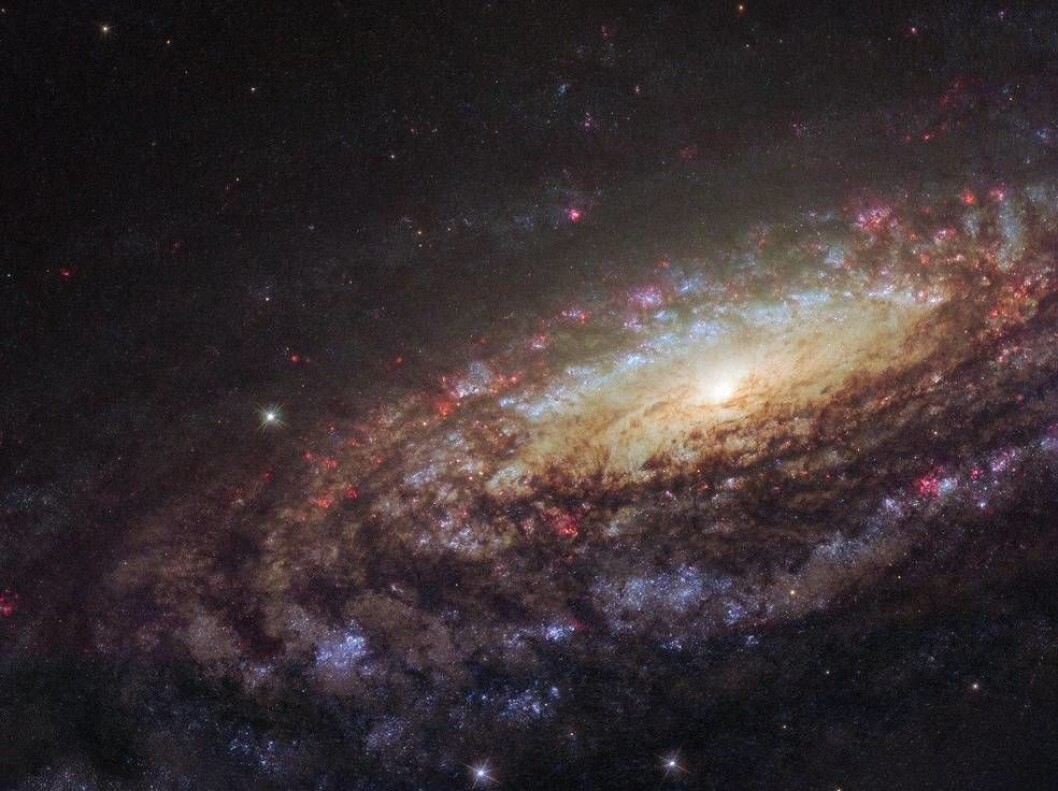
–
A magnificent image of the galaxy NGC 7331. It resembles the Milky Way in shape and size.
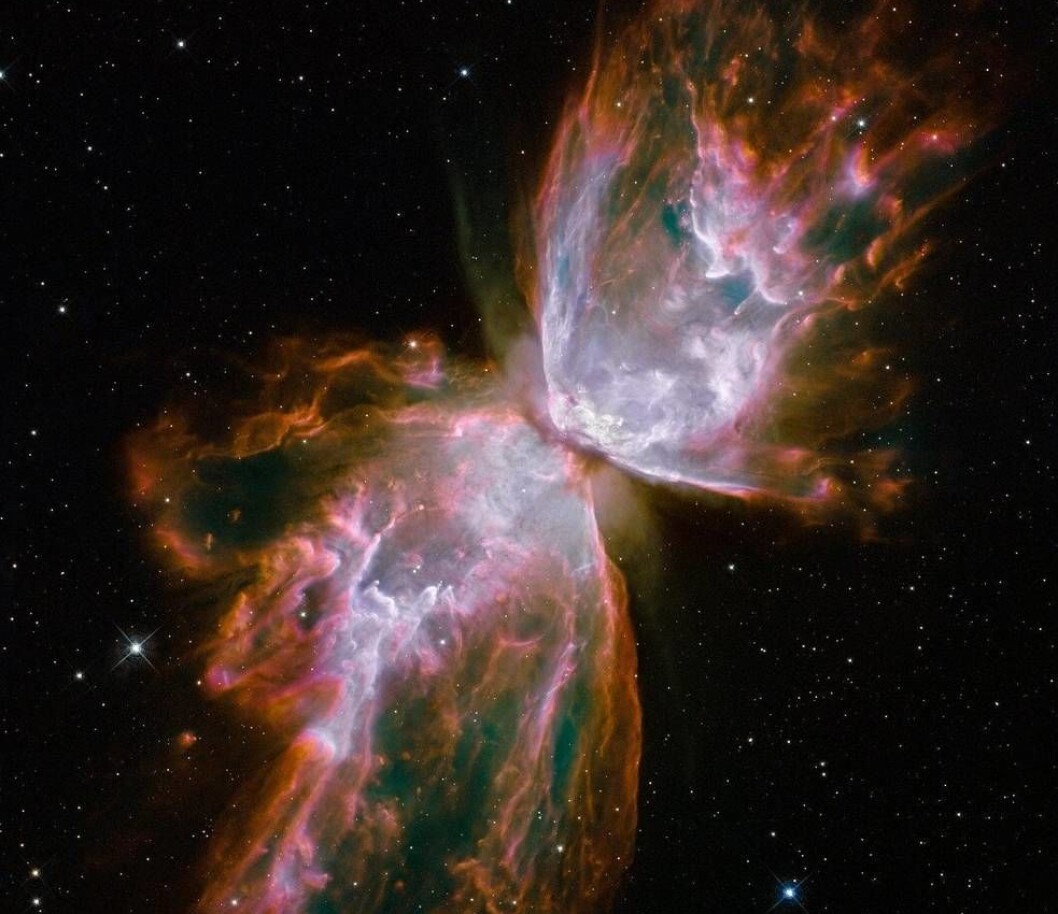
–
The insect fog shows the fate of our own sun. Here, layers of gas are blown out as this star has run out of fuel.
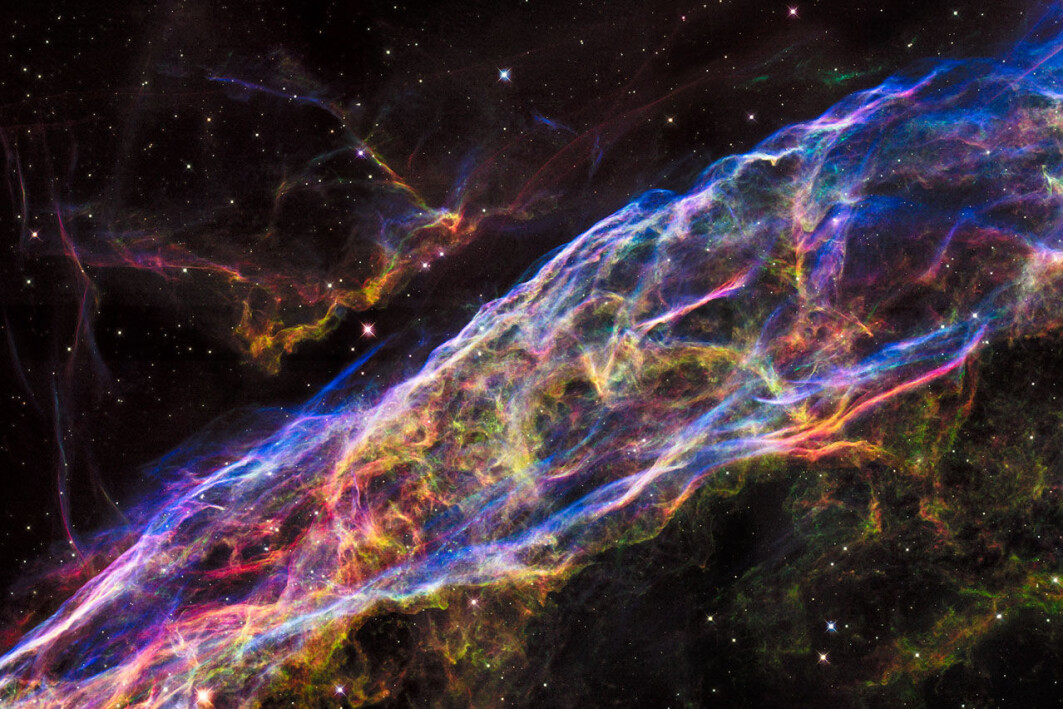
–
Remains of a supernova explosion in space. The beautiful Slørtåken, as it is called, extends 110 light-years beyond, and expands at a speed of 600,000 kilometers per hour, according to Wikipedia.
Productive telescope
Hubble has been upgraded by astronauts five times, and is even better than when it was launched.
Data from Hubble has contributed to more than 17,000 scientific articles, making the Space Telescope the most productive research instrument ever built, according to NASA.
The space telescope has also shown us how beautiful the universe can be. See for example these spectacular pictures cold Pillars of Creation in Ørnetåken. Or this Christmas greeting from a «cosmic angel».
–


